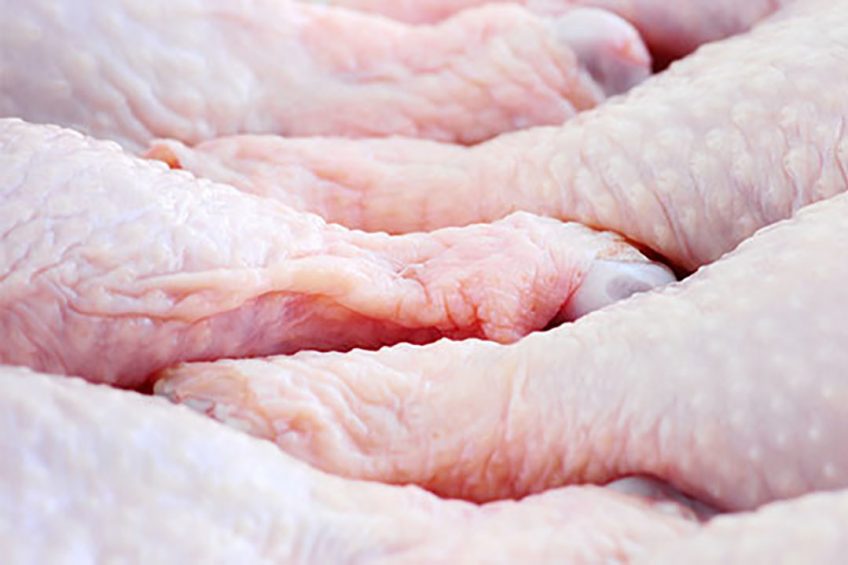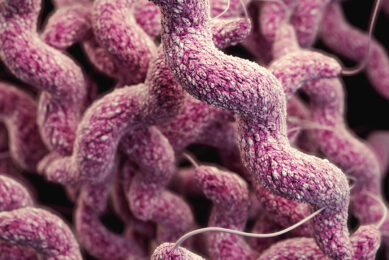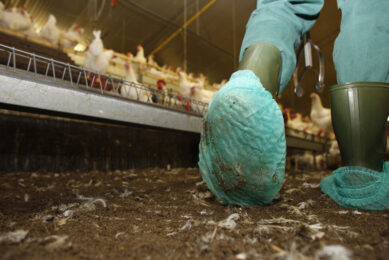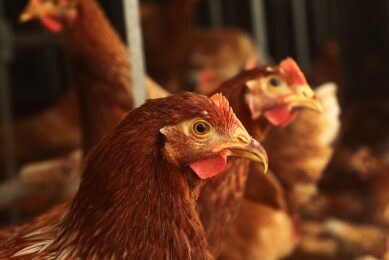Slight fall in campylobacter levels of UK chickens

Retailers have reported a slight fall in the highest levels of campylobacter for fresh, shop-bought UK-produced chickens over the past 3 months.
Results from the 9 major retailers showed that on average 3.5% of chickens tested positive for the highest level of contamination between July and September. These are the chickens carrying more than 1,000 colony forming units per gram (CFU/G) of campylobacter.
This compares to 3.7% for the previous set of results (April – June) and 4.6% for the corresponding period last year.
There continues to be a range of different levels among the 9 retailers with:
- Asda recording the highest level of 7.1% of chicken being found to have more than 1,000 CFU/g of campylobacter.
- Aldi 5%
- Tesco 5%
- Marks and Spencer 4.5%
- Lidl 3%
- Waitrose 3%,
- Sainsbury’s 2%
- Co-op 2%
- Morrisons was the only supermarket to record a zero heavily contaminated rate, which it has now done for 3 successive quarters. The company has now been below the FSA 7% threshold target for 15 consecutive quarters.
Encouragingly, the percentage of chicken found to have less than 10cfu/g has risen by more than 10% in the past year from 48.7% to 58.8%.
Michael Wright, Food Standards Agency director of policy, said the latest figures showed further progress being made in efforts to reduce campylobacter levels.
“We will continue to build on these encouraging results, working closely with retailers and smaller poultry businesses to bring levels down to as low as reasonably achievable.”












